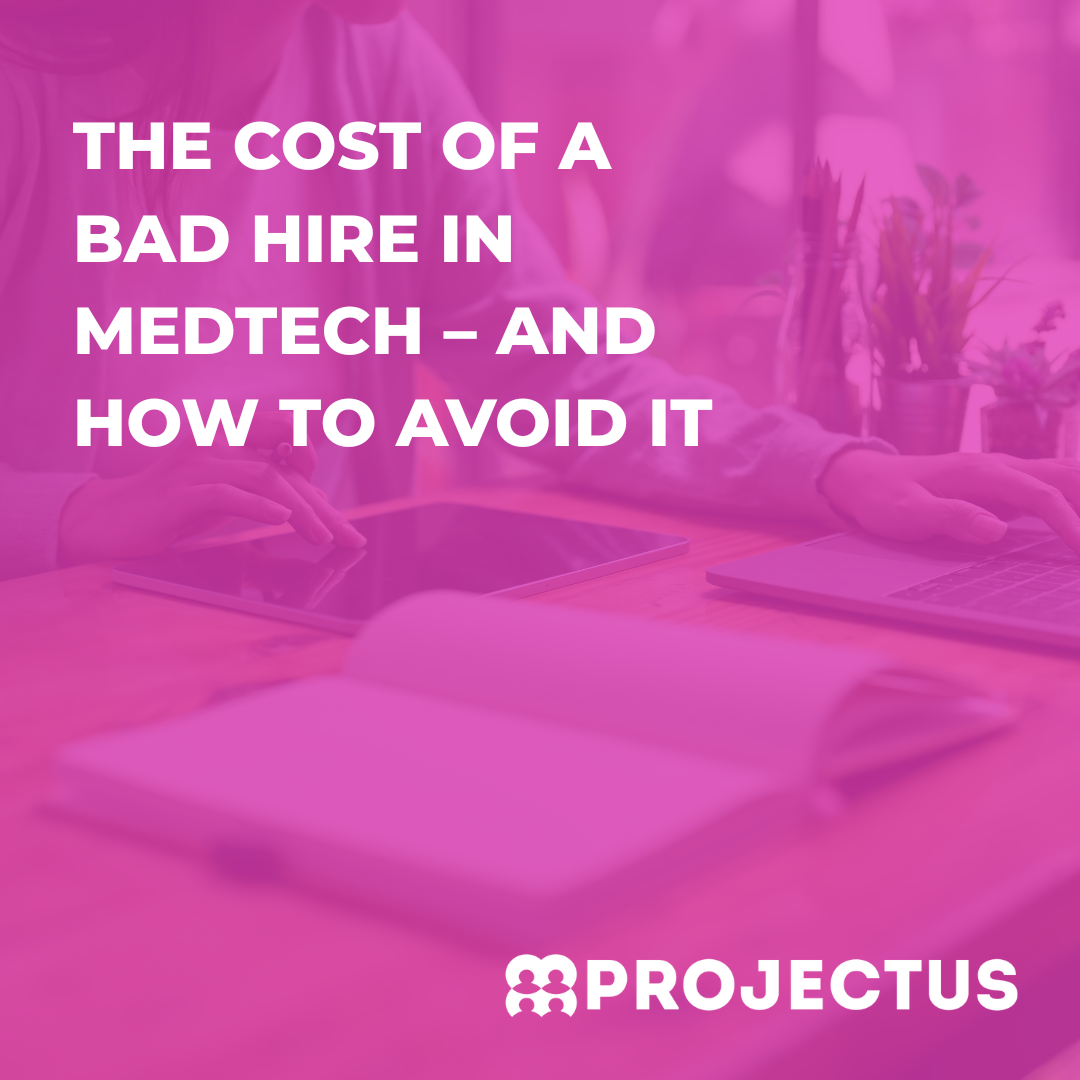HOW TO CREATE A COMPETITIVE ADVANTAGE IN MEDTECH DURING ECONOMIC INSTABILITY
BY TIM LAWRIE
INTRODUCTION
If you're in the medical device or pharmaceutical industry, you've probably heard a lot of talk about how the global economy has been affecting your business. If not, here's a quick rundown: economic instability is having a negative impact on nearly every aspect of our day-to-day lives - from food prices to housing costs and everything in between. But if you're reading this article, chances are that your company has managed to stay afloat during these tumultuous times by adapting and adjusting accordingly. After all, being flexible and adaptable is one-way companies can gain an edge over their competitors who are struggling with cash flow issues or other financial issues brought on by economic instability. Here are some tips for how to do just that:
1. ESTABLISH A SOLID BUSINESS PLAN
Companies with solid business plans understand their customer needs and can cut unnecessary costs, using their capital more efficiently.
Once you have established a competitive advantage, make sure it doesn't go to waste by identifying your competitors and how they operate. This will allow you to better understand their strengths and weaknesses so that when it comes time for negotiation, you know what points of leverage exist which can help achieve favorable results for your company.
2. KNOW YOUR NUMBERS
Understanding spending initiatives and knowing your numbers is crucial to establishing credibility in a volatile market.
- Understand your customer needs: In an economic downturn, it’s even more important to understand the needs of your customers. If you know what they want or need, then you can use that information to help them make purchasing decisions within their budget.
- Cut unnecessary costs: Now more than ever it is critical to cut any unnecessary costs that could affect profits down the road. This may include salary cuts and staff reductions if needed; however, this should only be done after careful consideration because there may be other ways to reduce expenses without having such drastic measures put into place.
- Use capital more efficiently: It’s also important during times like these for businesses not just generate revenue but also save money for future projects which might require capital funding from investors or creditors if needed later on down the line (i.e., loans).
3. PLAN FOR SUPPLY CHAIN PROBLEMS
Begin supplier qualifications that align with your QMS as soon as possible so that backup suppliers for your component parts can be engaged immediately.
Proactive supplier qualification is an important part of any quality management system. It’s essential that you understand the technical specifications and requirements for your components, as well as their manufacturing processes. This will help you identify suppliers with a high probability of meeting those specifications and requirements, as well as providing timely delivery of the component parts required by your QMS.
It also allows them to work with a smaller number of qualified suppliers who are more likely to be able to provide consistent performance in terms of meeting customer expectations (quality, availability), while reducing risk through redundancy or contingency plans where appropriate.
4. BUILD STRONG RELATIONSHIPS
Establish strong relationships with potential commercial partners and customers early so that you have solid footing with important stakeholders when competition gets fierce, or frustrations arise due to price increases and/or delays.
Create a network of innovation communities and alliances that allow for collaboration between entrepreneurs, investors and industry experts. These networks serve as an essential resource for gaining insight into trends in your industry, accessing new technology platforms or technologies for product development, identifying mentors who can help you navigate challenges in your business strategy development process, finding potential investors who understand the value of your company's products (and can help get them to market), etc.
5. GET TECHY
Lean on technology where you can to streamline processes and costs. Technology can help you improve business processes, cut costs and streamline your customer relationships. It can also help you stay competitive in the face of economic instability.
To start improving your processes using technology, think about how your company currently operates and what could be done to make it more efficient or effective. Then look at what technology has to offer that could make this happen. If appropriate, invest in new software or hardware solutions that will allow you to do things better than before. You might add or replace systems that are outdated or inefficient with ones that work better for the current environment.
CONCLUSION
Economic instability is an unpleasant environment to be a part of. But the aspiring part is to survive and thrive beyond it. An advantage MedTech companies have had historically is the focus on revenues over profits, meaning shareholders are often accepting of companies re-investing in growth strategies to create more products to sell versus focusing intensely on the bottom-line. If this trend remains during this recession, investing in truly disruptive technologies would be beneficial for MedTech investors and strategics alike, as they are more likely to invest in technologies with a moveable pricing scale.




